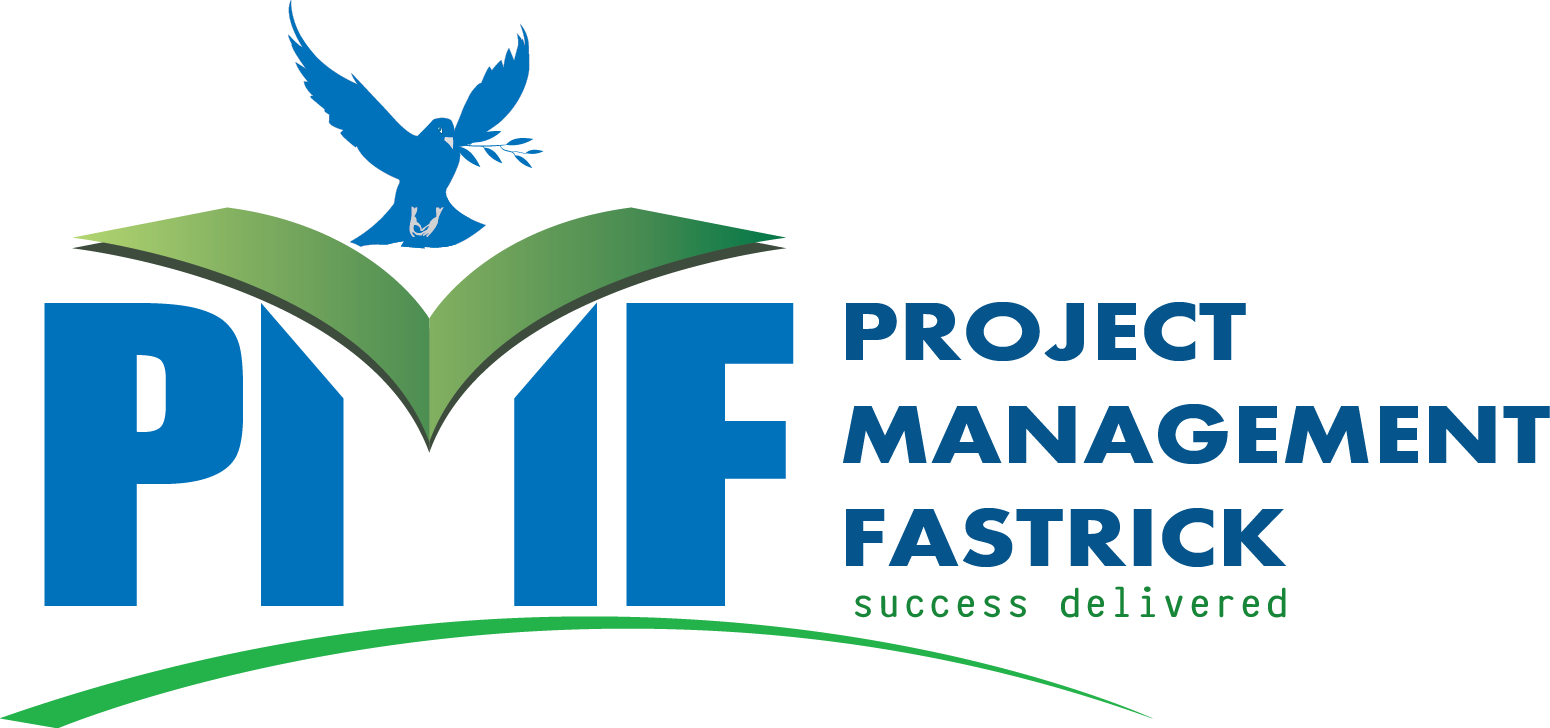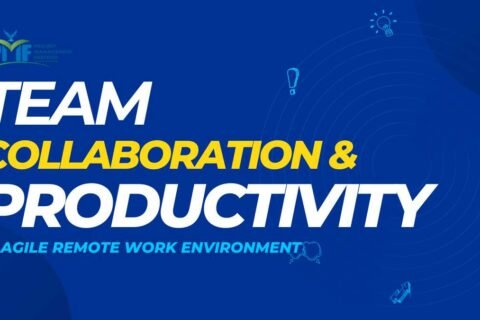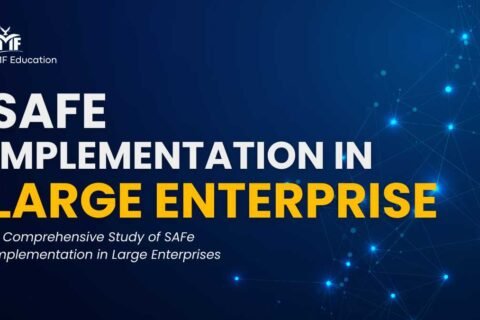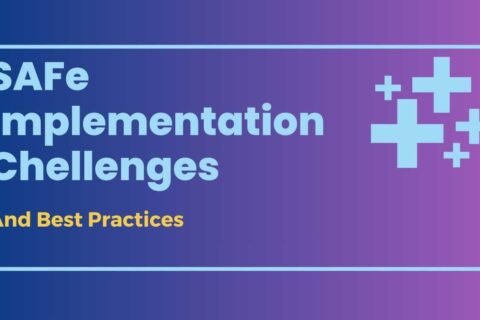
Adapting Agile Scrum for Non-IT Sectors: A Case Study Approach
Agile Scrum, a popular project management methodology in the IT sector, boasts advantages like flexibility and responsiveness. Organizations in non-IT sectors are increasingly recognizing its potential. However, directly applying Scrum to non-IT projects can be challenging due to inherent differences in project characteristics. This paper explores the need for adaptation through a case study approach. We examine two case studies: a marketing campaign launch and a product development process in a manufacturing company. By analyzing these cases, we identify key areas for adapting Agile Scrum principles for non-IT contexts.
Introduction:
The rapid pace of change across industries necessitates flexible and adaptable project management approaches. Agile Scrum, known for its iterative cycles and focus on continuous improvement, offers a compelling alternative to traditional methods. While its success in software development is well-established, applying Agile Scrum directly to non-IT sectors requires careful consideration.
Challenges of Applying Pure Scrum in Non-IT Settings:
- Project Scope: Non-IT projects often have more fixed scopes compared to software development. Adapting sprint lengths and backlog management may be necessary.
- Predictability: Certain non-IT projects, like construction, have inherent dependencies that limit flexibility.Scrum ceremonies like sprint planning may require adjustments.
- Team Composition: Non-IT teams may involve specialists with less exposure to agile practices. Training and capacity building are crucial.
Case Study 1: Adapting Scrum for a Marketing Campaign Launch
This case study examines a marketing department implementing Scrum for a new product launch campaign.
- Adaptation:
- Sprint Length: Instead of traditional 2-week sprints, the team used 1-week sprints due to the time-bound nature of the campaign launch.
- Product Backlog: The backlog focused on marketing deliverables like content creation, social media strategy, and launch events, rather than software features.
- Daily Scrum: Daily stand-up meetings remained crucial for communication and progress tracking, but adjusted to focus on campaign tasks.
Case Study 2: Scrum for Product Development in Manufacturing
This case study explores a manufacturing company adapting Scrum for a new product development process.
- Adaptation:
- Scrum Ceremonies: Sprint planning meetings incorporated dependencies on material procurement and production capacity.
- Product Increment: Instead of delivering working software, the focus was on delivering tangible product prototypes at the end of each sprint.
Key Learnings from the Case Studies:
- Adaptability is Key: Scrum principles need to be adapted to fit the specific project context and constraints of non-IT sectors.
- Focus on Value Delivery: Maintain the core Scrum principle of delivering value in each iteration, even if the form of that value differs from software development.
- Communication and Transparency: Regular communication and transparency are crucial for managing dependencies and ensuring alignment across teams in non-IT settings.
Conclusion:
Agile Scrum presents a valuable framework for non-IT projects, but successful implementation requires adaptation. By understanding the core principles and adapting them to address the specific needs of non-IT projects, organizations can leverage the power of Scrum to improve agility, responsiveness, and ultimately, project success.
Further Research:
- Explore the use of hybrid agile frameworks that combine Scrum with other methodologies like Kanban for non-IT project management.
- Investigate the impact of Agile Scrum on project success metrics in different non-IT sectors.
- Develop best practice guidelines for adapting Scrum ceremonies and artifacts for various non-IT project types.






